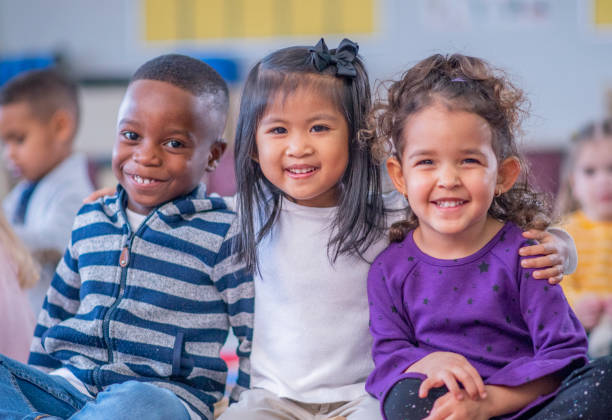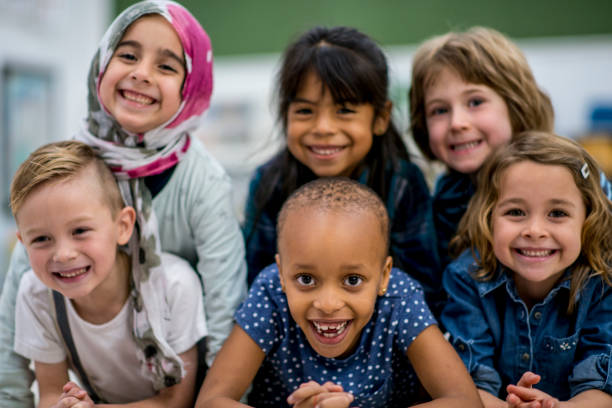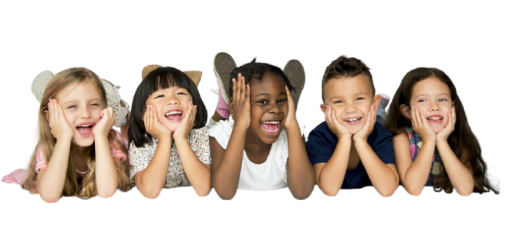Curriculum
Our Creative Curriculum
The Kairo Kids Pre-school and Toddler education is based on The Creative Curriculum, used in high quality early education settings throughout the country. The Creative Curriculum classroom is a community – a place where learning takes place through positive relationships between and among children and adults. This developmentally appropriate curriculum promotes learning and development in each of the following areas: social, emotional, physical, language and cognitive. Instruction is based on observing and documenting what children do and say. The curriculum also reflects the influences of culture, family, and community.


Our Creative Curriculum
The Kairo Kids Pre-school and Toddler education is based on The Creative Curriculum, used in high quality early education settings throughout the country. The Creative Curriculum classroom is a community – a place where learning takes place through positive relationships between and among children and adults. This developmentally appropriate curriculum promotes learning and development in each of the following areas: social, emotional, physical, language and cognitive. Instruction is based on observing and documenting what children do and say. The curriculum also reflects the influences of culture, family, and community.

Toddlers
Pre School
In our PreSchool program, the curriculum includes a project approach derived from children’s questions or special interests. The teacher plans a daily schedule that maximizes children’s acquisition of desired knowledge and skills through the effective use of time and materials. The children are offered opportunities to learn through play and through structured activities, individually and in groups. Each child’s social – emotional development is fostered through the development of friendships, self-regulation skills, empathy and the ability to resolve conflict in positive ways. Early literacy is supported through reading, learning letters and sounds, and immersion in a print rich environment. Classroom learning centers encourage exploration and discovery.


Pre School
In our PreSchool program, the curriculum includes a project approach derived from children’s questions or special interests. The teacher plans a daily schedule that maximizes children’s acquisition of desired knowledge and skills through the effective use of time and materials. The children are offered opportunities to learn through play and through structured activities, individually and in groups. Each child’s social – emotional development is fostered through the development of friendships, self-regulation skills, empathy and the ability to resolve conflict in positive ways. Early literacy is supported through reading, learning letters and sounds, and immersion in a print rich environment. Classroom learning centers encourage exploration and discovery.

School Age
In our School Age program, education is based on Cincy After School curriculum Cincy is designed to support the healthy development of children by building strengths and meeting the needs of the whole child. Increasing student achievement and reducing risky behaviors are two primary goals of the program. The curriculum achieves these goals through engaging students and their families, in balanced activities aligned with Ohio Academic Standards.
Ohio Academic Standards Each activity has been designed with the Ohio Academic Standards in mind. Homework extensions, alternative programming lessons and activities, as well as the choice time stations have all been matched to ODE Standards. The lesson plans for each activity clearly document which standards are being addressed.
Overview
In our School Age program, education is based on Cincy After School curriculum
Cincy is designed to support the healthy development of children by building strengths and meeting the needs of the whole child. Increasing student achievement and reducing risky behaviors are two primary goals of the program. The curriculum achieves these goals through engaging students and their families, in balanced activities aligned with Ohio Academic Standards.
Ohio Academic Standards
Each activity has been designed with the Ohio Academic Standards in mind. Homework extensions, alternative programming lessons and activities, as well as the choice time stations have all been matched to ODE Standards. The lesson plans for each activity clearly document which standards are being addressed.
40 Developmental Assets, The design of the program reflects the 40 Developmental Assets for Elementary-Age Children based on research of the Search Institute. In 1999 the publication Great Places to Learn: How Asset-Building Schools Help Students Succeed identified three themes for asset building in school programming:
1. Building relationships with students is the foundation of fostering Developmental Assets in their lives as young people as well as learners .
2. Creating supportive environments is a key to providing learning and growth experiences that is both productive and positive .
3. Connecting to programs and practices that are instructionally sound enables a model to infuse the goals and priorities of a school.
-
Building Relationships
Building relationships, creating supportive environments and connecting programs to the academic goals of Ohio create the core of the program . Further research by the Search Institute shows that the development of assets plays a powerful role in preventing alcohol, tobacco and other drug use across diverse samples of youth . In addition, studies show that the assets play a significant role in increasing students’ academic achievement . Weaving the assets into the design of the Cincy After School Program creates a foundation for meeting the academic and behavioral goals of the program.



